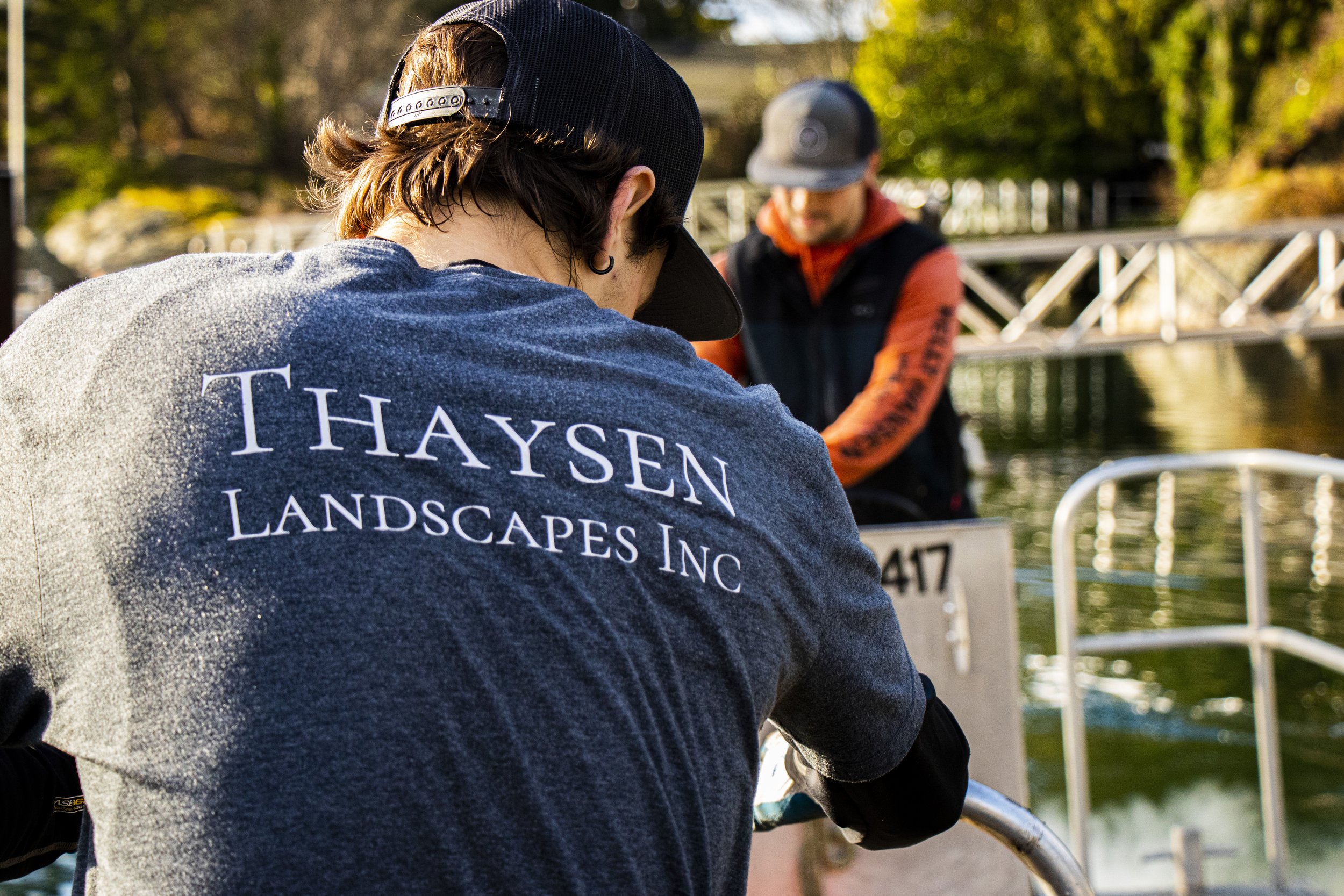
Large Tree Removal in West Vancouver
This project is a large tree removal we did on Eagle Island in West Vancouver. After removing the trees, they were transported to and planted safely in their new location.
Why do trees need to be removed?
Large trees are a beautiful addition to any property, providing shade, visual appeal, and a sense of history. However, there are situations when a large tree may need to be removed or transplanted. Tree removal and transplanting are complex processes that require careful planning, proper equipment, and a skilled team of professionals. In this blog post, we will explore the considerations that need to be taken into account when moving a large tree.
There are several reasons why a large tree may need to be moved:
Construction: Trees may need to be relocated to make way for new construction, such as a building or a road.
Health: If a tree is in poor health, it may need to be moved to a more suitable location to help it recover.
Aesthetics: Sometimes, a tree may be blocking a view or detracting from the overall aesthetic of a property.
Preservation: If a property is being developed, but there is a large tree that is deemed to have historic or cultural significance, it may be moved to a new location to preserve it.
Considerations when removing large trees
Size and weight: Large trees are heavy and require specialized equipment to move. The weight of the tree can also affect the type of equipment that can be used to move it. The larger the tree, the more difficult it will be to move.
Age and health: The age and health of the tree will also play a role in the success of the transplant. Older trees may have a more extensive root system, making it more challenging to move them successfully. Trees in poor health may also struggle to survive the transplanting process.
Soil conditions: The soil conditions at the new location will need to be suitable for the tree to thrive. The new location should have adequate water, nutrients, and sunlight to support the tree's growth.
Climate: The climate at the new location should also be similar to the tree's current location. Moving a tree from a hot, dry climate to a cold, wet climate could be detrimental to its health.
Transplant timing: Trees should be moved during their dormant season to minimize the risk of transplant shock. In general, the best time to move a tree is during the late fall or early spring when the tree is not actively growing.
Preparing the tree: Before moving a tree, the roots need to be pruned to make the tree more manageable. Pruning the branches can also help reduce the weight of the tree, making it easier to move.
Post-transplant care: After the tree has been moved, it will require ongoing care to help it establish itself in its new location. Watering, fertilizing, and monitoring for pests and disease will be essential to ensure the tree's survival.
Moving a large tree is a complex process that requires careful planning, expertise, and specialized equipment. It is essential to consider the size and weight of the tree, its age and health, soil conditions, climate, transplant timing, preparing the tree, and post-transplant care. By taking these considerations into account, it is possible to successfully move a large tree to a new location and preserve its beauty for years to come
Project Gallery















